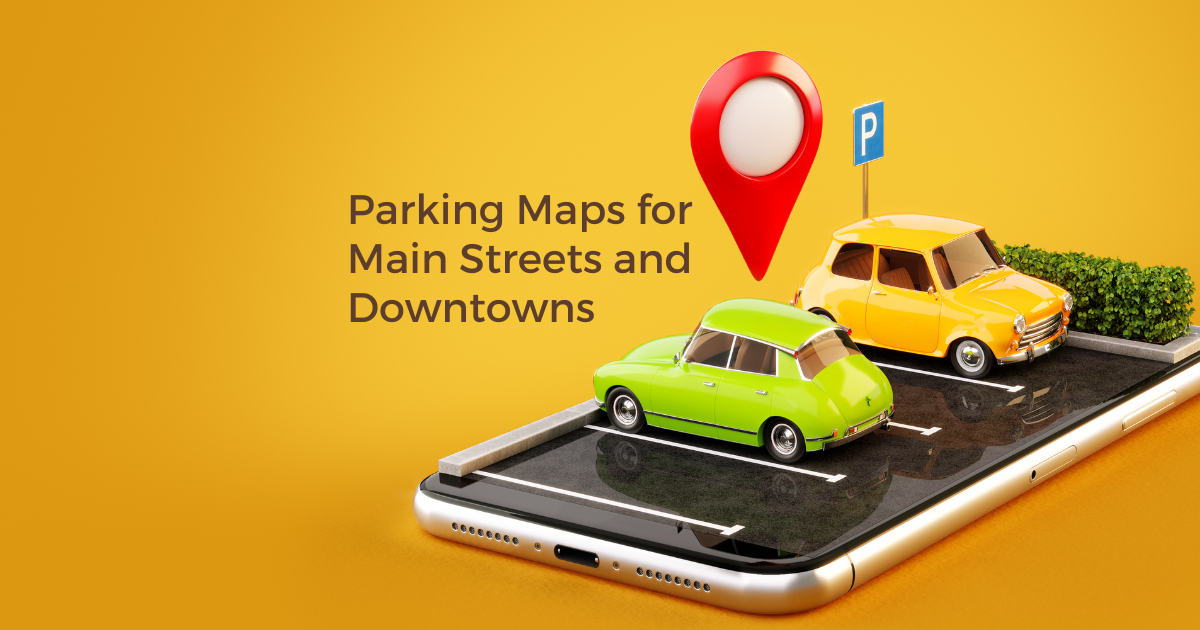.png)
Computers, iPads, and phones have undoubtedly become an extension of our children's arms…*ahem* selves. They can find just about everything they are interested in online – their favorite music, movies, games, photos, and videos. They can even go to virtual classrooms and maintain friendships.
There's a widespread belief that this heavy gadget use is the source of a shorter attention span in our youth. There's a reasonable explanation for this - qualitative findings point to a clear preference for digital learning resources and digital classroom presentations across students.
Hear this out: instead of telling your child yet again to "put the phone down and grab a book," we leverage the technology they relish so much to achieve our common goal as teachers and parents – for them to learn and enjoy the process. If you can't beat them, join them.
Take the graphic design company, Canva. Both adults and kids can create professional-looking visuals in minutes on their phones, which even the most "uncreative" of us can use to deliver presentations confidently.
Now, picture a student struggling or disinterested in Geography or History. How can a teacher pique the interest of this student? Consider adding online mapping tools for students to their arsenal. Unlike traditional or static maps, interactive maps let users manipulate, attach links, and glimpse real-time edits.
Schools can acquire site licenses for more advanced features and provide access to more students.
See below for examples of how interactive maps for the classroom can spark excitement in subjects like Biology, Civics, History, and Geography.
Using Maps In Geography
With the widespread use of computers in today's classrooms, students can explore the world with the use of interactive maps.
No need to lug around a giant world map to teach capitals and countries - to be honest, this might cause less participation among high school students who might be uncomfortable with the idea of coming forward and moving an oversized marker. Instead of obvious conventional maps, you can flash an interactive map in class where you have already pinned capitals and countries.
Start a healthy competition and see who can identify the locations first. Up the ante by jumbling each pin's letters or using icons as clues. Provide descriptions below each point to provide in-depth discussions in class. The student who answers the most correctly can earn a few extra homework points.
You don't need to make a new map or a separate presentation. Share the link to the interactive map with the students, and they can add their stock knowledge about the area in real-time.
For continuity, they can also report on their answers during the next lesson using a map creator for students. They can attach links to the interactive map and take their classmates to websites about the capital or country's places of interest.
Show & Tell will never be the same with interactive maps for students. They can zoom in and out of the states and countries they've been to. To top it off, they can even attach photos from their travels.
Using Maps In History
Using interactive historical maps in classes helps bring the past to life. Rather than asking the students to go to the library and read (as much as some of us may enjoy it) about George Washington or Marco Polo, you can show them their lives and journeys. The visual learners in your class will thank you.
Change the bad rep History gets as a boring subject. Perhaps you live in USA's most historic city, Philadelphia. You could go on a field trip with the students and prepare an interactive map they can access on their phones to see Independence Hall, Liberty Bell, and Philly's treasure trove of museums.
You could group the pins into parks, buildings, and of course, where to find the best cheesesteak. The students can upload pictures as they arrive at each location or write observations in the descriptions.
Using Maps In Civics
Suppose your next lesson is about the presidents of the United States and which states they have won in the elections. There's a likelihood you may lose students in a sea of graphs. Tap into the power of maps instead.
For lower grade levels, this is also a chance for them to review what the states are and where to find them on the map. They can draw conclusions as to why a particular candidate won on the east coast or in southern states. Maybe it has to do with their birthplace or a service they did for a specific state - a perfect opportunity to create a customized map.
Using Maps In Biology
Using maps in social studies is not the only way to use map tools for kids. Show in an interactive map where certain animals are from and the environments that shaped them. Younger students will have something to look forward to if you ask them to bring their tablets or phones to class.
Share the link to an interactive map where each pin shows where a specific animal is from. Give the students ample time to click on the pins and read the information you've included. Then, a pop quiz or sharing can be a productive follow-up activity.
Using Proxi For Interactive Mapping Assignments
Add Proxi as your mapping resource for your class. Imagine you've assigned volunteered suggestions to your students. You can embed a QR code for a Proxi interactive map on your classroom's webpage, and then students can populate it with recommendations. As the teacher, you can approve each pin that gets added. Look at these templates for more community outreach and assignment ideas.
Related Articles
Get Inspired
View All Featured MapsAdventure Awaits!
Check out some of the latest articles on our blog








.png)
